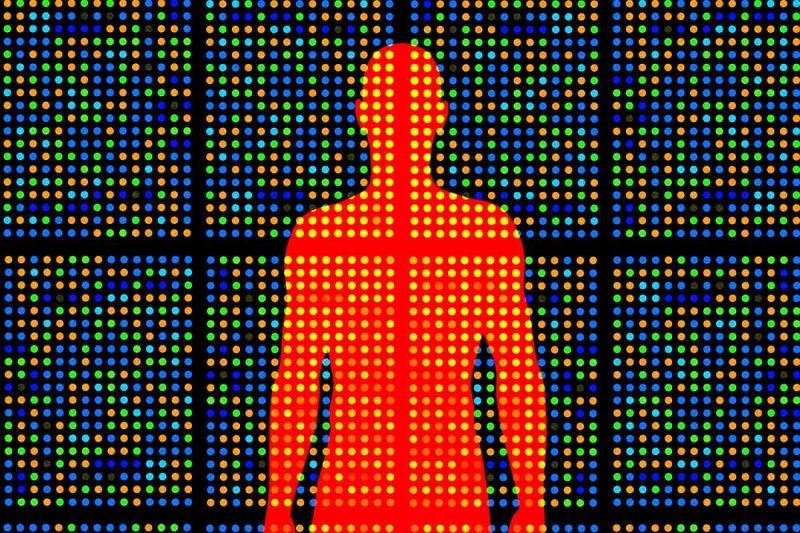Why Would Scientists Want To Build Human Genomes From Scratch?

The meeting is thought to have discussed plans for a 10-year international research project that aims to design and build a complete human genome.
“This is a natural extension of the human genome sequencing project,” says Paul Freemont of Imperial College London, who says he is “very familiar with the meeting”, but will not disclose whether he attended. Instead of reading the sequence of the three billion letters that comprises the human genome, which the Human Genome Project accomplished in 2003, the plan this time is to write the sequence, synthesising the code chemically.
Making big genomes
Synthetic bacterial genomes have already been created, but the human genome is thousands of times larger, making it much harder to synthesise. The project reportedly plans to make genomes this large, place them in cells, and develop cultured cell lines that run using this designer DNA.It remains unclear how the people attending the meeting intend to use such synthetic genome cell lines. Similar work in bacteria by Craig Venter’s team is identifying which genetic sequences are essential to life, and which can be deleted. By piecing together larger genomes, we might learn more about how the more complex cells found in animals, plants and fungi work.
But Laurie Zoloth at Northwestern University in Evanston, Illinois, who works on the ethics of synthetic biology, says she doesn’t understand why synthetic biology would be the best tool for these kinds of medical applications, when other techniques are easier. “It doesn’t make any sense to go to the trouble of using synthetic biology instead of just editing existing human cells,” says Zoloth.
However there is a benefit to corporations. Synthetic biology, unlike manipulating existing DNA, can be entirely owned. “If you process it in your lab, it is yours, you can patent it,” Zoloth says.
Enhancing humans
A hint that plans may go even further comes from who’s involved. Autodesk Research, where Hessel is a biotechnology research scientist, is primarily a computer-aided design software company. Its leading role in this project at first seems odd, but the firm does have an established interest in synthetic biology, and could be aiming to design genomes that will produce new chemicals and enhance human characteristics and capabilities.Synthetic biologist Drew Endy of Stanford University decided not to attend the meeting and has spoken publicly about his concerns. He thinks the meeting was held not in order to discuss the ethics of such a project, but instead to rubber stamp approval. “It became apparent that the event was not about discussing whether to pursue the project, but rather to conscript others,” he told New Scientist. “Should something so monumental be organised and launched in such a fashion?”
So why has it all been kept so secret? There could be a rather simple answer. The announcement of the project is expected to be linked to the publication of a paper co-authored by Church in a major scientific journal. The press may have been barred so as to stick to the journal’s embargo policy

Comments
Post a Comment